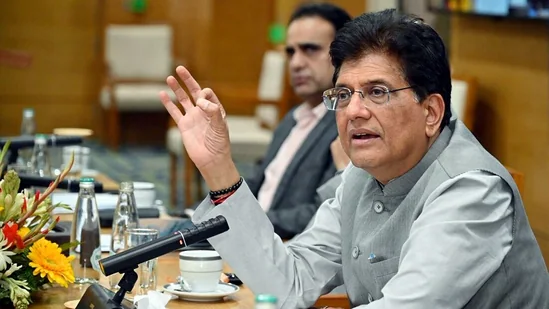India’s Remarkable Fight Against Poverty: Extreme Poverty Rate Plummets from 27.1% to 5.3%
- MGMMTeam

- Jun 7
- 2 min read
India has achieved a significant milestone in its ongoing battle against poverty, with the World Bank reporting a dramatic reduction in the country’s extreme poverty rate from 27.1% in 2011 to just 5.3% in 2019. This transformation reflects years of focused policies and sustained economic growth that have lifted millions out of the grip of destitution.

Sharp Decline in Extreme Poverty: Key Findings
According to the World Bank’s latest report, India’s extreme poverty rate — measured by the international poverty line of $2.15 per person per day — has witnessed a striking drop of nearly 80% within less than a decade. This is a historic achievement given India’s vast population and the complexity of socio-economic challenges it faces.
The report highlights:
In 2011, approximately 27.1% of India’s population lived below the extreme poverty threshold.
By 2019, this number fell dramatically to 5.3%, reflecting massive progress in improving living standards.
India’s progress has outpaced many other developing economies, contributing substantially to the global reduction in extreme poverty.
Drivers Behind the Decline
Several key factors have contributed to this success:
1. Robust Economic Growth
India’s GDP growth averaged around 7% annually for much of the last decade, creating jobs and boosting incomes. The expansion of sectors such as manufacturing, services, and technology has offered new opportunities for millions.
2. Government Welfare Schemes
Initiatives like the Pradhan Mantri Jan Dhan Yojana (financial inclusion), MGNREGA (rural employment guarantee), Swachh Bharat Mission (sanitation), and the Ayushman Bharat health insurance program have played vital roles in improving the quality of life for marginalized communities.
3. Infrastructure Development
Massive investments in rural roads, electrification, and clean water access have made basic amenities more accessible, enhancing economic participation and reducing poverty.
4. Digital and Financial Inclusion
The rise of digital payments and mobile banking has empowered millions to access formal financial services, fostering entrepreneurship and economic resilience.
Challenges That Remain
Despite these impressive gains, challenges persist:
Regional disparities continue, with states like Bihar, Uttar Pradesh, and Jharkhand still showing higher poverty levels.
The COVID-19 pandemic reversed some progress temporarily, pushing vulnerable populations back into hardship.
Addressing multidimensional poverty, including education, health, and nutrition, remains critical.
Responses from Political Leaders
Prime Minister Narendra Modi hailed the reduction in poverty as "a testament to India’s resilient spirit and transformative policies."
Conversely, opposition leaders including Rahul Gandhi urged vigilance, stating, "While progress is commendable, we must not lose focus on those still left behind."
Looking Ahead: The Road to Inclusive Growth
India’s commitment to achieving Sustainable Development Goals (SDGs), particularly SDG 1 to eradicate poverty, remains strong. Continued focus on education, healthcare, skill development, and rural empowerment is essential to sustain and build upon the progress made.
Conclusion
India’s dramatic decline in extreme poverty is one of the most compelling success stories of the 21st century, showcasing the impact of sustained economic growth and targeted social welfare initiatives. While challenges remain, the country’s progress provides a hopeful blueprint for other developing nations striving to uplift millions from poverty.
(Sources: NDTV, Money Control, Business Standard)




Comments